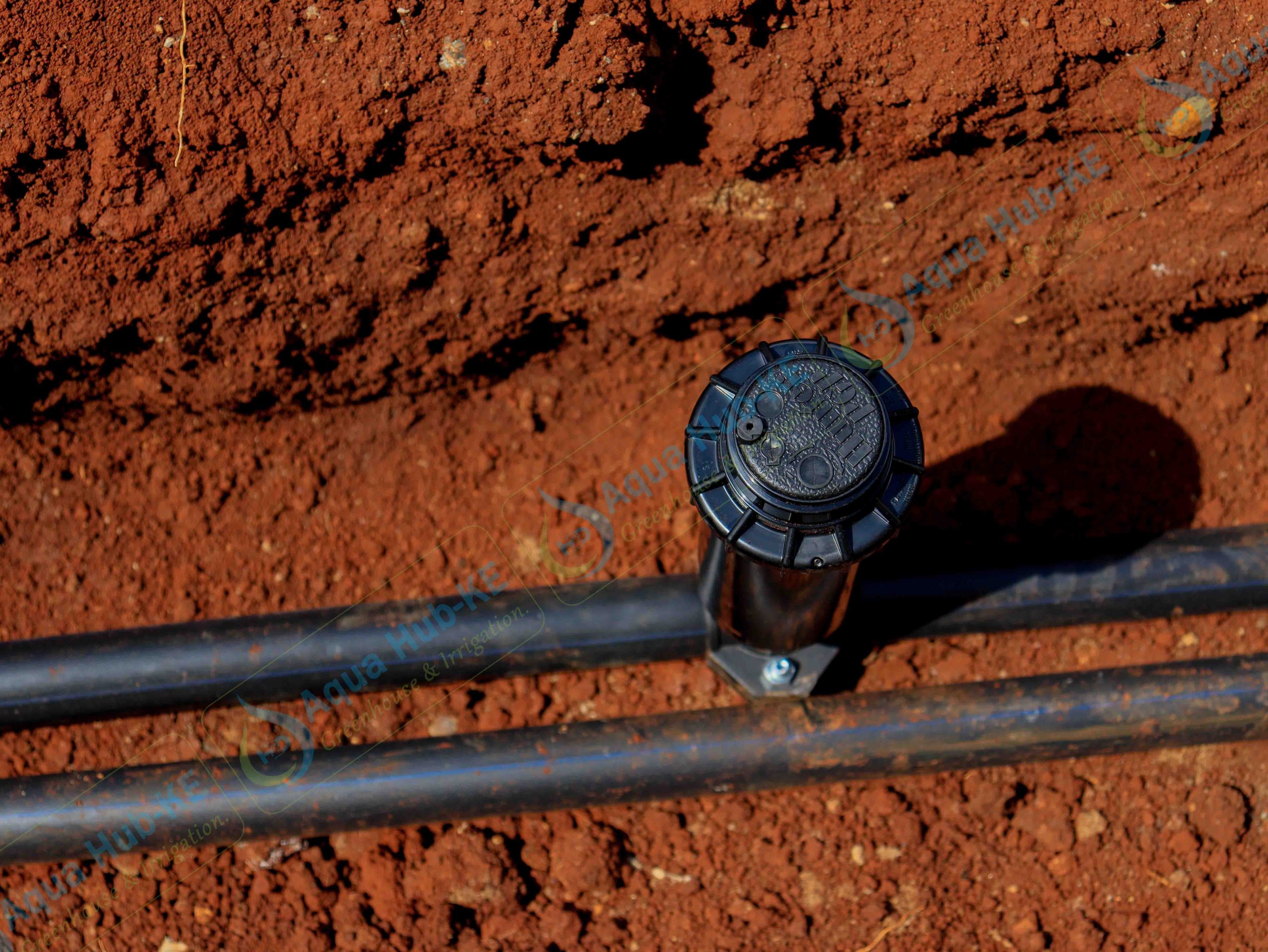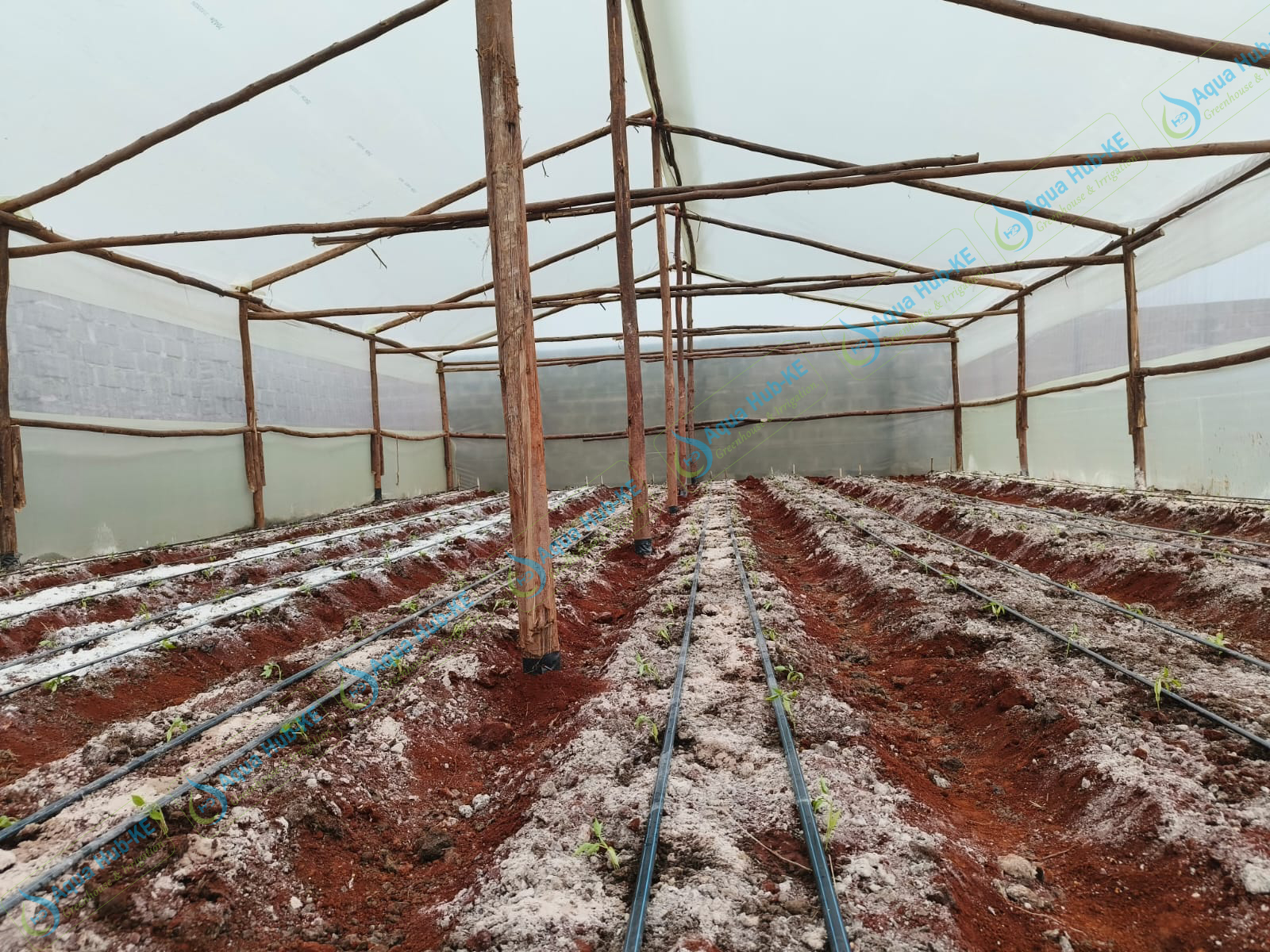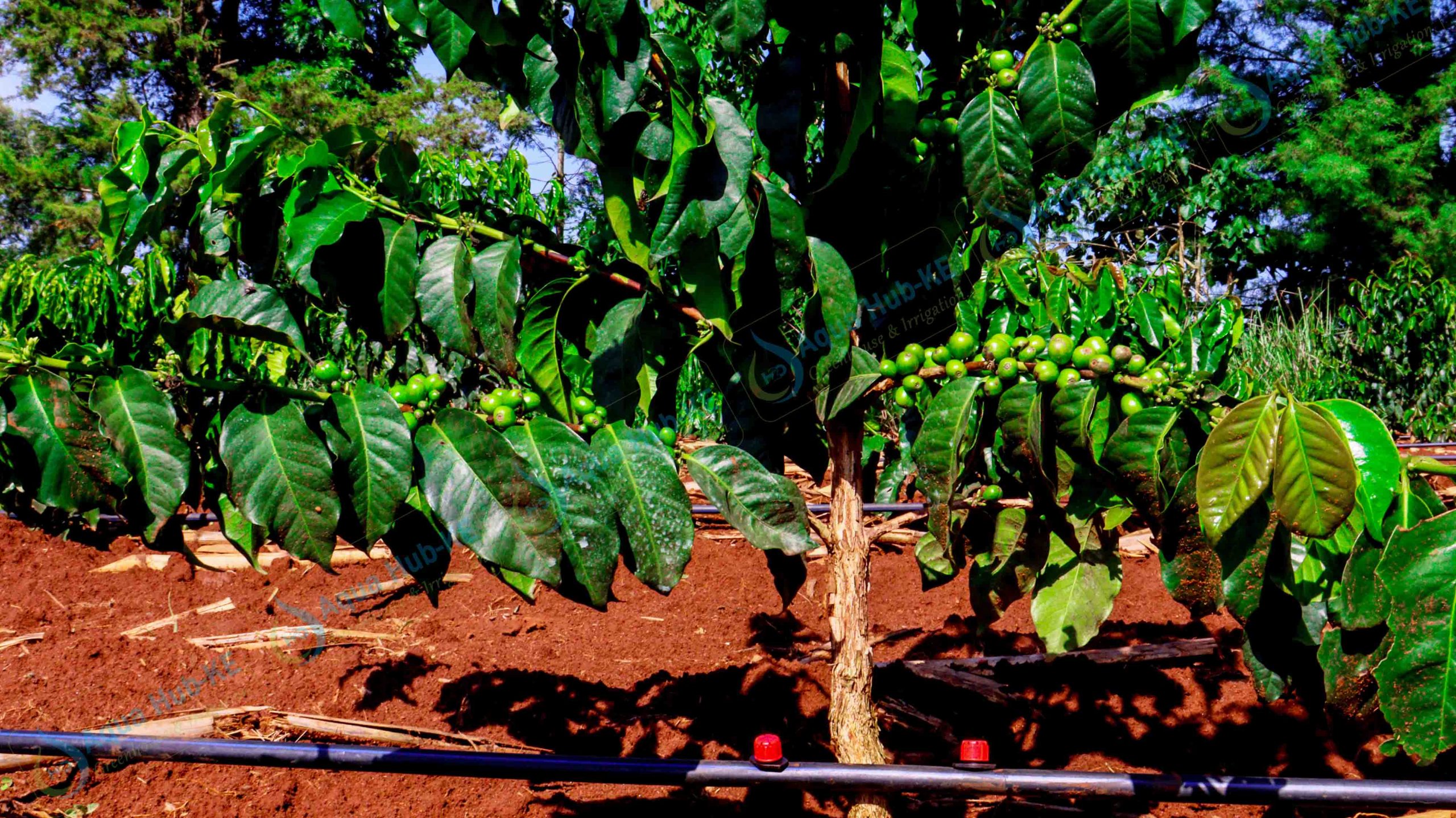The farmer’s requirements dictate the greenhouse cost and sizes. Some projects necessitate larger greenhouses, while others necessitate smaller greenhouses. Greenhouses range in price from Ksh. 150,000 to Ksh. 600,000, depending on size and level of construction. The cost of a greenhouse increases with its size. In response to farmer requests, there is a revision of greenhouse costs and pricing in Kenya. Our greenhouses are of wood or aluminum. The material chosen to build a greenhouse will influence its cost. Steel greenhouses, for example, are more expensive to build and install than wood greenhouses. Aqua Hub Kenya offers the best and most reasonably priced greenhouses.
Greenhouse cost and sizes
Greenhouses are required for a successful farming enterprise. They are ideal for cultivating fruits and vegetables. Greenhouse costs in Kenya vary according to size and building material. Steel, metallic, and polycarbonate greenhouses range in price from Ksh. 150,000 to Ksh. 600,000, depending on size and quality.
We have a variety of greenhouse sizes available. Greenhouse sizes range from 8 15 m to 8 24 m, and from 8 30 m to 16 30 m for both wooden and steel greenhouses. The price is affected by the size and kind of greenhouse. They come in various shapes, sizes, materials, and heating methods. Aqua Hub sells both wooden and aluminum greenhouses. The cost of our greenhouses is affected by the type of greenhouse, its size, and any additional services necessary. Timber greenhouses are more costly than steel greenhouses.
What is greenhouse farming?
Greenhouse farming is a one-of-a-kind agricultural practice of growing vegetables under a covered structure made of a transparent or partially transparent material. The primary goal of greenhouses is to offer ideal growth conditions while sheltering crops from harsh weather and vermin.
Greenhouse agriculture is another way of cultivating fruits and vegetables native to warmer climates in colder climates, such as growing tomatoes in some parts of Kenya. Greenhouses may control light, ventilation, humidity, and temperature. This allows the farmer to create and maintain optimal micro-ecosystems for their plants, supporting them in growing healthy, beautiful, nutritious, and tasty plants.
Advantages of greenhouse farming in Kenya
One of the most difficult aspects of growing plants outside is the unpredictability of the weather. Farmers will lose money if it does not rain at critical stages in the plant’s life cycle. In greenhouses, drip irrigation, an alternative agricultural method we will look at as the second technology, is utilized to prevent this. 40% of Kenya’s land is dry for a significant period of the year, posing a significant difficulty for outdoor cultivation. Farmers then select greenhouses with drip irrigation systems.
Another argument for greenhouse farming is the possibility of illness and pest infestation. In Kenyan habitats, insects of many types, including aphids, white flies, moths, spiders, and others, are prevalent. These insects, which are harmful to the plant’s health, produce low yields and poor quality. Farmers resort to greenhouse farming as a solution since it eliminates pests and simplifies management.
Crops suitable for greenhouse farming
Because greenhouse-producing greens are expensive, you should grow high-yielding crops with considerable economic value, and long-term market demand. Greenhouses are most commonly used for commercial crop production, such as tomato growing. Flowers, vegetables, fruits, and transplants are commonly grown in greenhouses. Unique greenhouse strains can also be grown in these.
The market, climate, labor force, and raw material availability all impact greenhouse profitability. Popular Greenhouse Crops for Flowering and Vegetable Production:
Fruit & Vegetables: Strawberry, Exotic Vegetable, Cucumber, Colored Capsicum, and Tomato Floriculture: Alstroemeria, Gerbera, Dutch Rose, Carnations, Lilies, Anthurium, Gypsophila, and Orchids




